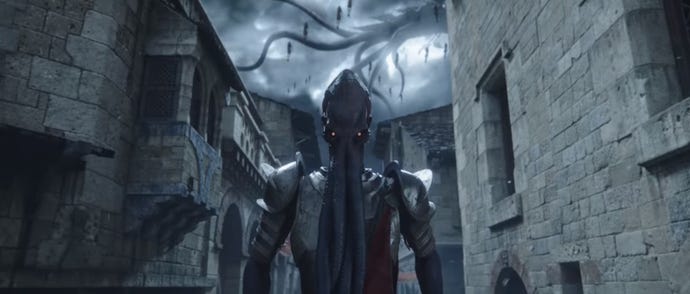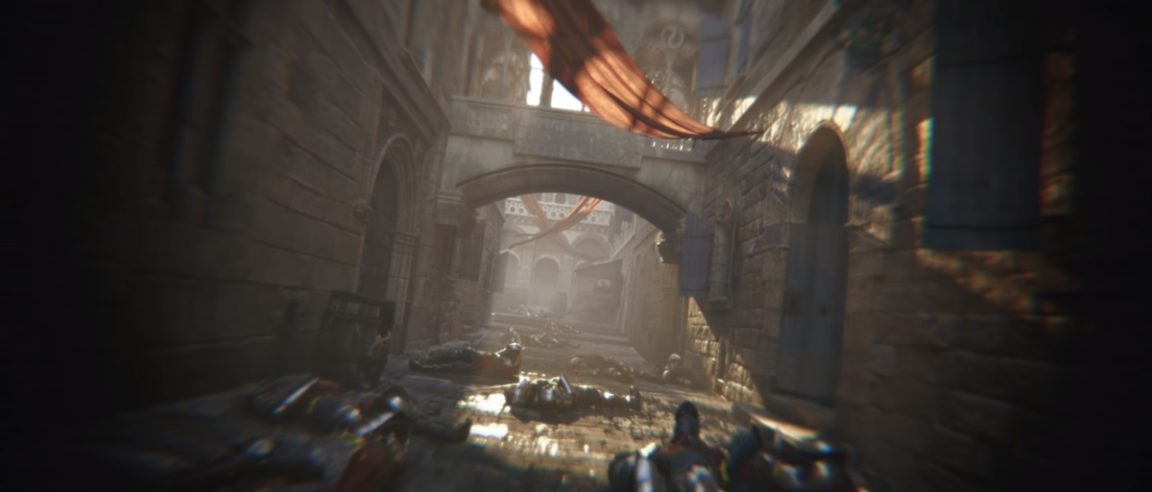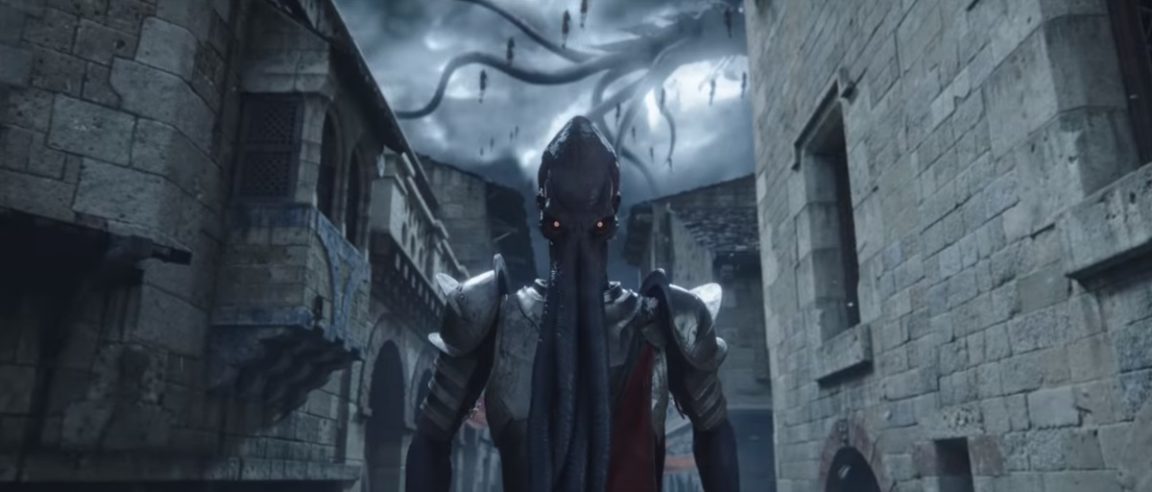Baldur's Gate 3 will not be Divinity: Original Sin 3 by another name
It's a staple of the RPG genre that you don't start in a position of strength - instead beginning as a lowly cowherd or vault dweller and letting the blows of adventure shape you into a deadly weapon, as if beneath the hammer in a forge.
So it was that when Baldur's Gate came out in 1997, Larian Studios wasn't a household name in the genre. It was an unknown Belgian developer working on an RPG doomed to cancellation - The Lady, the Mage and the Knight. Meanwhile, Bioware was making its name with an RPG that combined the high fantasy freedom of Dungeons & Dragons with the immediacy of real-time strategy.
"I was very... I wouldn't say jealous," Larian head Swen Vincke remembers. "But I would've liked doing that."
It wasn't only the fact that Bioware was working with the D&D license - the same that fueled the books Vincke read for inspiration. He also appreciated Baldur's Gate for the way it put the party at the fore, rather than a solo adventurer. And then, when the sequel came out, he loved the sheer scope and variety of its world, and the choices it offered through dialogue.
"It was a cocktail of things I admired," he says.
You could describe Divinity: Original Sin in the same way. The series that finally did make Larian a studio of renown, almost two decades later, poured Vincke’s Baldur’s Gate cocktail into a contemporary engine. Then it stirred in the granular, almost perverse level of interaction the Ultima games offered at their best. The result sold better than health potions at backwater inns.
D&D publisher Wizards of the Coast had once turned down a Larian pitch to make a Baldur’s Gate sequel. But having seen the studio honed by the slings and flaming arrows of the RPG industry, it resumed discussions with Vincke. Now Larian will self-publish Baldur's Gate 3, something that would have been impossible just a few years ago.
“It’s a very big production,” Vincke says. “Just the sheer technology we needed wouldn’t have been available to us.”
Baldur’s Gate 3 runs on a revamped version of the Original Sin 2 engine, so expect more of its trademark systemic combos (Divinity speedrunners regularly cart around barrels of death fog - so that they can teleport tough enemies on top of them). Larian won’t say whether combat will be turn-based or real-time, but the environment will impact the outcome of skirmishes.
“What we’re trying to do is make you feel like you’re playing tabletop [D&D] with a very competent Dungeon Master,” Vincke says. “If you play the tabletop game and you come up with something, the DM is going to say, ‘Well, lets roll for it.’”
And yet: this isn’t a Divinity game. The bleak birth of a mind flayer in Baldur’s Gate 3’s teaser trailer was designed specifically to signify a change in tone from the wilfully daft Original Sin. Baldur’s Gate was never short on silly tangents, but took its central story of a world caught up in the sibling rivalry of demigods deadly seriously.
“It’s going to be somewhat darker, more serious,” Vincke says. “But serious topics work much better if there’s a little bit of humour in there, and Dungeons and Dragons is about having fun at the tabletop. So that means there is going to be stuff that will make you smile.”
As in the original game, your adventure will start outside the grand city of Baldur’s Gate - trading hub, playground of iniquity, magnet for world-ending catastrophe - but eventually lead you into its heart. Baldur’s Gate 1 functioned almost as a sparse open world stitched together by loading screens, but the sequel sensibly cut the map count in favour of fewer, more densely-packed areas, which is the approach Larian is taking too.
“We take snapshots, because we have an adventure we’re going to go and do,” Vincke says. “We’re not going to make it one big open-world city simulation. It’s not that type of game.”
The Baldur’s Gate games may have been mostly dormant these past two decades, bar the Enhanced Editions and a new expansion from Beamdog. But its world, The Forgotten Realms, has kept spinning. Wizards of the Coast has advanced the timeline, bringing yet more disaster to the Sword Coast that Bioware made such a popular tabletop holiday destination.
That popularity has kept the subjects of the series safe, however. The Bhaalspawn may have violently resolved their differences by the end of the original games, but Bhaal himself, the god of murder, is still kicking about in Baldur’s Gate: Descent into Avernus - a new tabletop adventure that precedes the events of Baldur’s Gate 3. And fan favourite characters have been practically frozen in carbonite to ensure they’re still available for adventure.
“If you look at what the Fifth Edition has done, characters like Boo and Minsc are still alive,” Vincke points out. “Bhaal and maybe a couple of other guys are still around. What’s gonna happen with that? You’re gonna discover when you play BG3.”
Who knows the average lifespan of a miniature giant space hamster, anyway?





